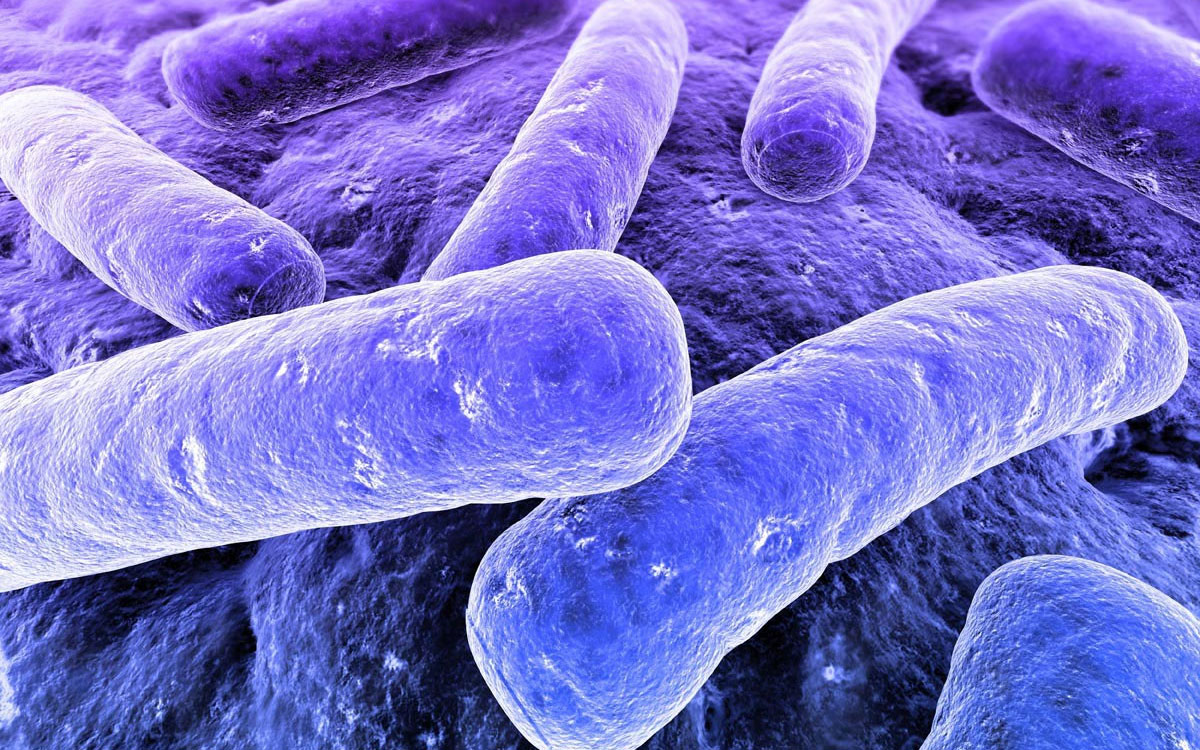arsenic-based microbes take yet another hit

Just over a year ago, a whole lot of science blogs lit up with quite an angry buzz about a paper which claimed to have found evidence of arsenic-based life right here on Earth and indicating that an arsenic-based alien microbe may not out of the question. Problem was that despite a prominent feature in Science, of all places, the study itself was actually very inconclusive and according to many critics, lacking the proper rigor to make the conclusions announced at a NASA sponsored press conference. One microbiologist in particular was so furious, she decided to replicate the original experiment and document this as publicly and thoroughly as she possibly could on her blog. Her results? She found nothing to back up the original paper. It was a thorough, scientific demolishing, and while the principle investigator, Ronald Oremland, says he’ll wait until the refuting research is published to comment, his initial quip about possibly having to eat crow shows that the fat lady is warming up for an aria. Meanwhile, the original researcher on the project, Felisa Wolfe-Simon, appears to be trying to recover her wounded career, still shocked by the visceral response her experiment generated.
So that’s it for arsenic-based life on Earth, huh? After all, all living things we know of use phosphorous and an excess of arsenic, which is closely related to phosphorous and thus mimics it in living tissue, will clog up vital cellular machinery. According to the original Wolfe-Simon paper, a bacterium from Mono Lake which was very lightheartedly called GFAJ-1 for Get Felisa A Job, can cope with lethally high levels of arsenic and could go as far as to include it in its DNA and RNA strands. Since that’s a job commonly done by phosphorous, this result was more than worth being published and considered by astrobiologists as a validation of long hypothesized models for exotic alien life forms, which got NASA involved in the work. Unfortunately, the analysis of whether the arsenic actually made it into the bacterial genome wasn’t conducted rigorously enough and depending on how conservatively you read the data, you can make the claim that it really didn’t make it as far into the cellular chemistry as the paper claimed. Furthermore, a new experiment by the aforementioned microbiologist who strongly criticized the original research, Rosie Redfield, found that GFAJ-1 just tolerates high levels of arsenic without really including in any vital process, blaming the original results on contamination.
All that aside, there’s still a chance that somewhere, in a poisonous, dark cave or in a horrifyingly toxic puddle there is a microbe which sustains itself on arsenic and does everything that GFAJ-1 was thought to do plus a whole lot more. We just haven’t found it yet, that’s all Redfield and the myriad of other critics are saying. But as some of my readers and numerous observers to the GFAJ-1 debacle noted, there were some very venomous undertones in the criticism with some of the detractors saying that they wouldn’t try to replicate Wolfe-Simon’s work while calling the experiment flim-flam and any attempts at falsifying it pointless and stupid. Really, that’s no way to treat a scientist in an academic debate. It’s one thing when a scientist publishes abject nonsense to the scientific world’s bewilderment, but the most Wolfe-Simon was really guilty of was mistakes for which she was quickly thrown overboard. One reason why the venom flowed shows up in the highlight of Redfield’s reasons to perform her own experiment with GFAJ-1 as reported by a writer for Popular Science…
This isn’t my main interest and I don’t have the grants to pursue it. I did it partly to demonstrate my commitment to open science, and partly because it really pissed me off. This paper was just such bad science, it was an outrage to all of us who have spent decades doing careful good research and who would love to have a paper published in Science. It felt like a slap in the face, to see this sort of wishful thinking published; it was really unfair.
Really, it’s one thing to be skeptical of a claim and want to replicate it to show that it wasn’t done correctly, but this sounds more like a bitter personal vendetta. How dare Wolfe-Simon get an erroneous study published in one of the top journals in the world while all these great scientists can’t get their papers published there? And frankly, this attitude reminds me of the frequent complaints we get from musicians and writers who want to be household names raging against the widespread mediocrity of Justin Biebers and Stephenie Meyers as they lament the unfairness of a world in which empty, repetitive lyrics and sanitized, heterosexual slash fiction with vague S&M overtones can make one millions, while talent often languishes in obscurity. Well, the world is not fair and you have to have major backing to get published in top venues. Academia, despite what we are often told, is not a true meritocracy. Certainly, you’ll need to be good at what you do and come up with original ideas to get yourself noticed and published in high impact journals. But it’s often just as important to make sure the right person sees your ideas and likes them enough to advocate them. Wolfe-Simon had backers interested in her work and those backers had some sway. Focusing on where Wolfe-Simon published takes away from the scientific debate at hand and injects venom into a discussion that should be just about the data.





